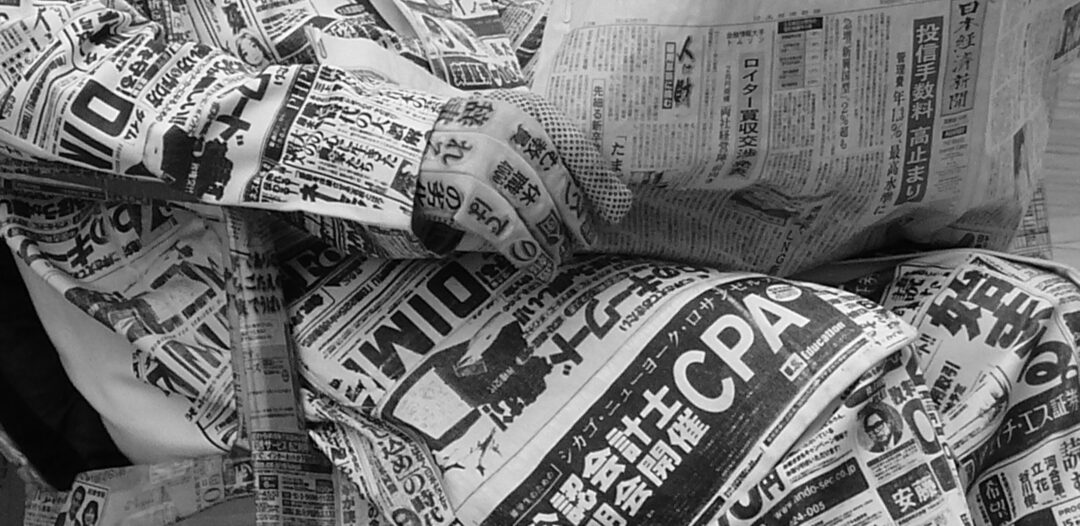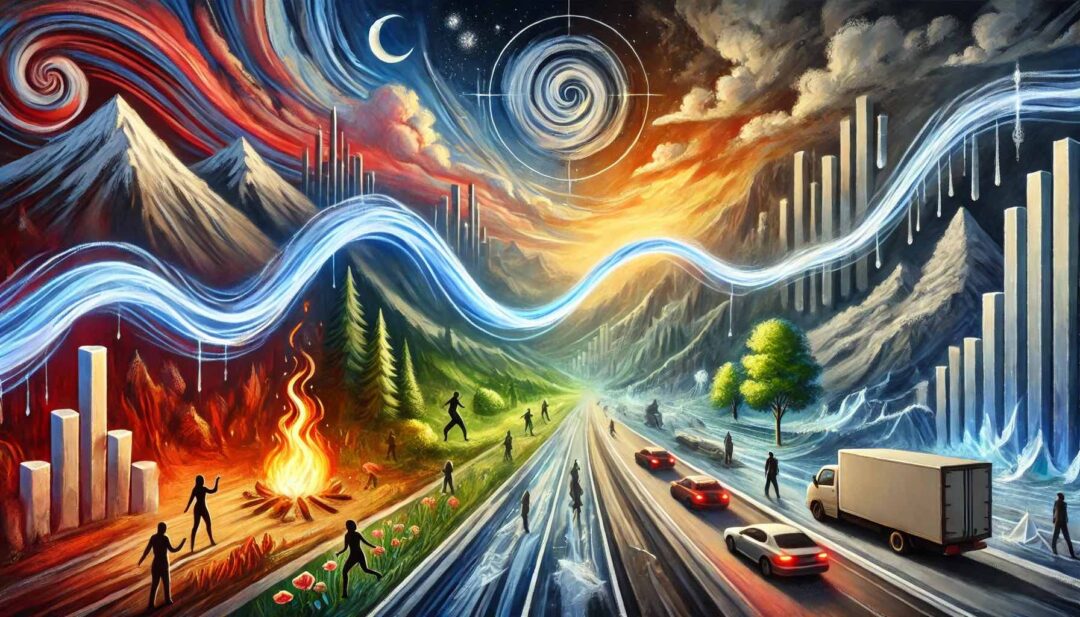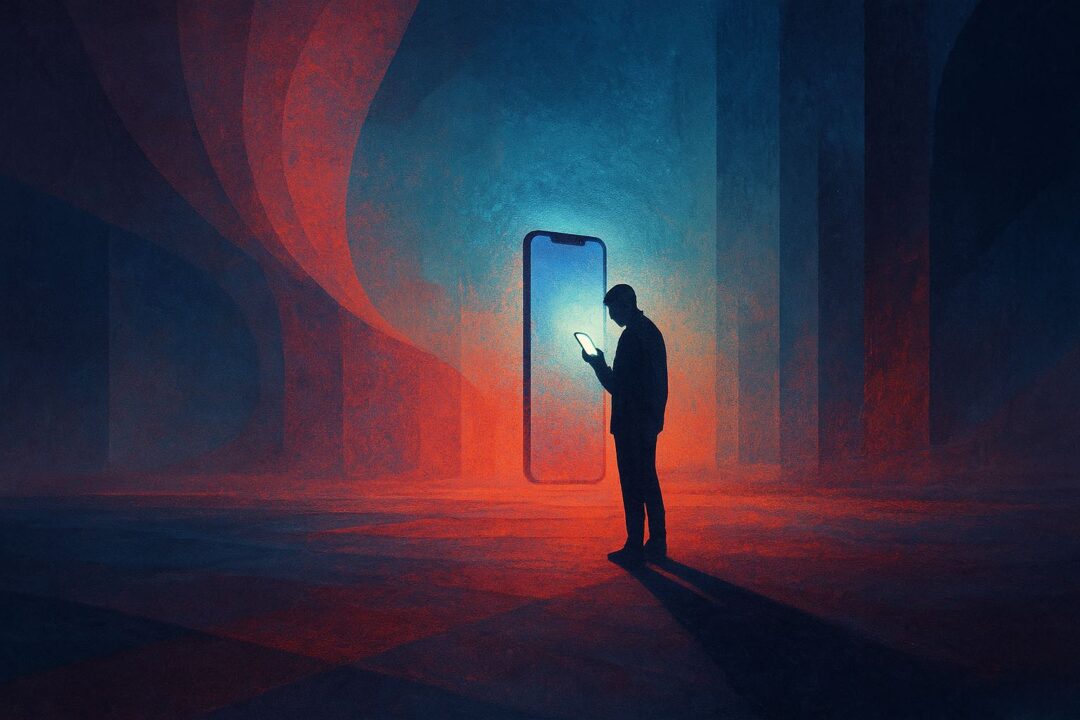Over the past decade, a quiet but seismic shift has taken place in the media landscape. Legacy news institutions — once the unchallenged gatekeepers of public discourse — are in decline. Their audiences are aging and shrinking. Their trust ratings are collapsing. Their authority, once taken for granted, is eroding by the day.
In their place, a new generation of independent media outlets has emerged. Powered by digital platforms and hungry for truth over access, these creators — Novara Media, Breaking Points, Double Down News, and many more — have built large, loyal, and increasingly influential audiences. They speak directly to viewers. They answer to no editorial board, no hedge fund owners, no advertisers. They cover what mainstream media often ignores or distorts: inequality, power, class, war, climate, surveillance, protest.
And they’ve done it — overwhelmingly — on YouTube.
YouTube became the unlikely stage for a media rebellion. It gave small, independent creators access to tools of production and distribution once reserved for billion-dollar corporations. It offered a way to reach millions without relying on TV studios, newspaper editors, or broadcasting licenses. It offered something legacy media couldn’t: authenticity.
For many, it felt like the future. The crumbling of old empires, and the rise of something freer, fairer, more honest.
But that future may be far more fragile than it seems.
Because what YouTube gives, it can also take away — not with a ban, not with an announcement, but with a whisper.
The Real Power Is in the Algorithm
Unlike traditional media, which is often regulated, audited, and publicly scrutinized, YouTube’s power is largely invisible — governed by algorithms, automated moderation, and business imperatives.
An independent outlet might spend years building an audience, producing high-quality journalism, engaging a loyal viewer base. But it is always just one algorithmic tweak away from collapse.
- The algorithm can stop recommending their videos.
- Their content can be quietly labeled “borderline,” limiting distribution.
- Monetization can be removed without explanation or appeal.
- Search rankings can be manipulated to favor “authoritative sources” — often the very legacy media outlets these creators were built to challenge.
This doesn’t look like censorship. There’s no takedown notice, no headline, no court battle. The videos are still there. The creators are still posting. But the views dry up. The engagement vanishes. The growth stalls. The audience never sees the content — because the platform quietly decided it didn’t need to.
And most viewers won’t question it. They’ll just assume the creators lost their edge. Or stopped trying. Or burned out.
But in truth, they may have simply been buried by design.
Why Would This Happen?
It hasn’t happened — not in a full-scale, systemic way. But it could. And the reasons why it might are becoming clearer by the day.
1. Government Pressure: “Protecting You From Yourself”
Governments across the globe are growing increasingly anxious about who controls information. They’ve seen how fast narratives can spread outside traditional channels. They’ve seen how fragile trust in institutions has become.
In response, they’re pressuring platforms to suppress “misinformation,” “extremism,” “foreign interference,” and anything else deemed a threat to social stability. In some cases, these concerns are valid. But the boundaries are vague and endlessly elastic.
An outlet that criticizes foreign policy, questions policing, or challenges mainstream health or security policy can easily find itself swept up in these enforcement efforts. Not by direct order, but by platforms proactively “cleaning house” to stay in good standing with regulators.
No government needs to censor directly when it can simply nudge platforms to handle it behind closed doors.
2. Corporate Interests: Profit Over Principles
YouTube is not a public service. It is a business — a division of Google, owned by Alphabet, one of the largest and most powerful corporations on Earth.
Its core incentive is profit. Its clients are advertisers. And advertisers don’t like risk.
That means content that is controversial, political, radical, or critical of the economic status quo is inherently risky — no matter how truthful, how necessary, or how popular it might be.
Legacy media understands this game and plays it well. They have PR departments and advertiser liaisons. They build “safe” content. But independent creators? They speak plainly. They don’t frame their critiques in corporate-friendly language. And that makes them vulnerable.
From a business perspective, the less visible this content is, the fewer headaches YouTube has. If that visibility can be reduced quietly — through algorithmic deprioritization — so much the better.
3. Geopolitical Influence: A Platform of American Power
There’s another layer to this: YouTube is an American-controlled platform.
Owned by Alphabet (Google’s parent company), YouTube ultimately answers to U.S. law, U.S. corporate interests, and — if necessary — U.S. state power. That matters.
Because in a time of information warfare, global soft power, and narrative conflict, a platform like YouTube is not just a business. It’s an instrument of influence.
It can be used to amplify U.S. foreign policy priorities. To shape international discourse. To suppress or discredit anti-American narratives. To marginalize foreign media outlets. And all of this can be done under the guise of “fighting misinformation,” “protecting democracy,” or “defending human rights.”
This doesn’t require direct White House intervention. All it takes is alignment — between state interests, corporate policy, and platform governance. And that alignment already exists.
What happens to international media outlets — or even domestic ones — when their coverage begins to clash too openly with Washington’s worldview? They may not be censored directly. But they might find their reach fading, their monetization cut, their content quietly downgraded in visibility.
And they may never be told why.
The Fade, Not the Ban
What makes this so dangerous is that it won’t look like repression. It will look like natural decline.
There will be no visible crackdown. Just a shift in momentum. A quiet invisibility.
The channels will remain. The videos will still upload. But fewer and fewer people will see them. Engagement will drop. Creators will burn out. Viewers will drift away.
And most people won’t question it. They’ll assume it just happened. That the creators lost their spark. That the audience moved on. That maybe it was never that important to begin with.
But the truth is, this kind of slow erasure can be orchestrated — not with malice, but with indifference. Not with censorship, but with optimization. Not with a ban, but with a business model. And if necessary, for reasons of state.
And by the time we notice what we’ve lost, we may not even remember what we’re missing.
Discover more from Brin Wilson...
Subscribe to get the latest posts sent to your email.



